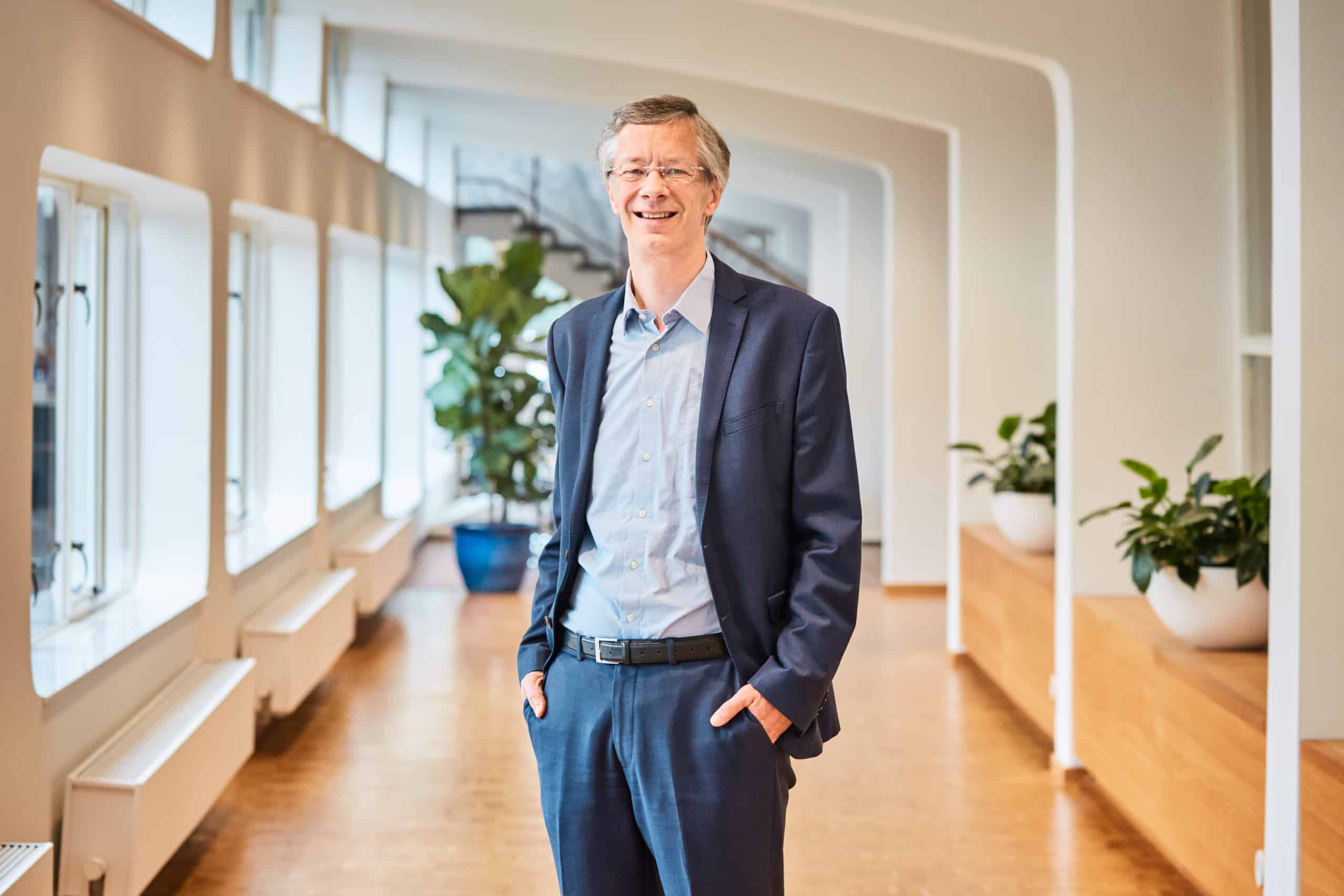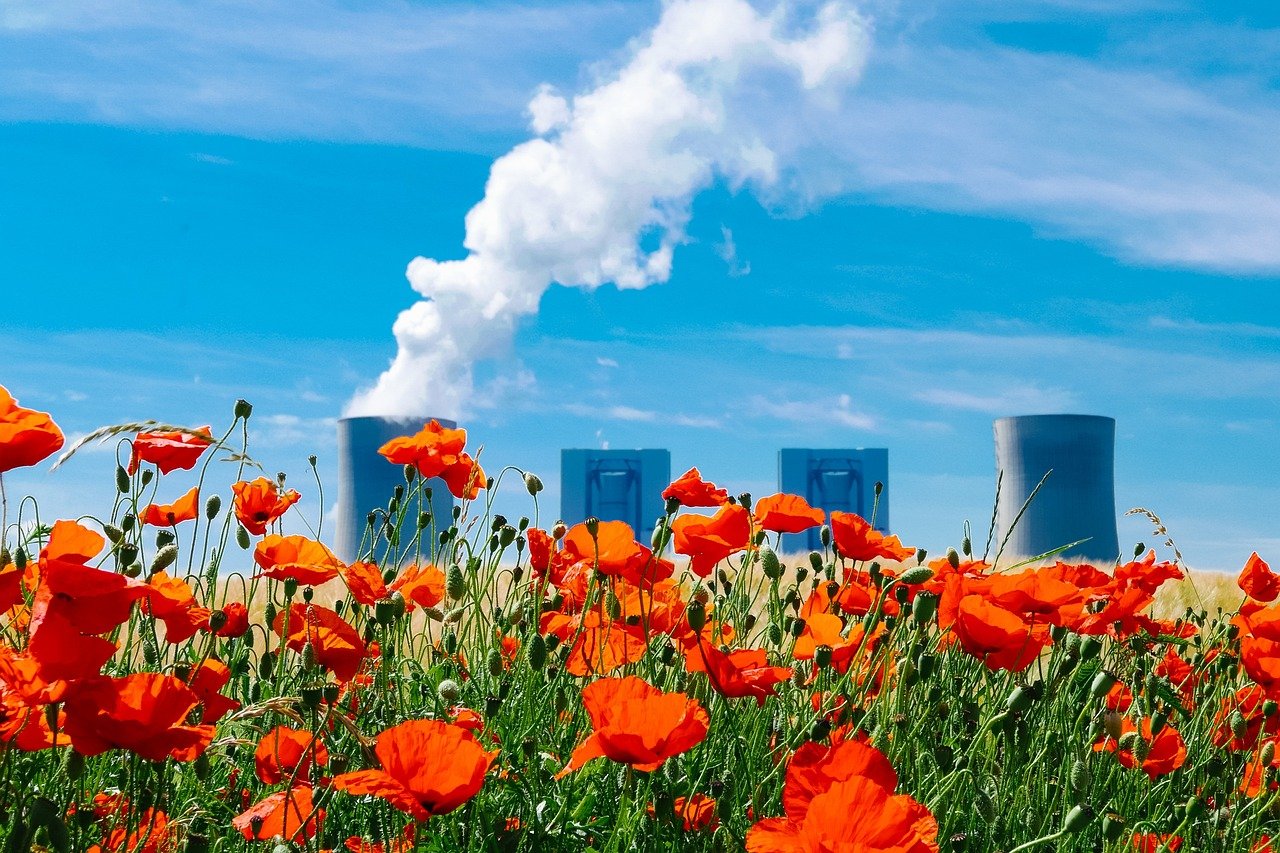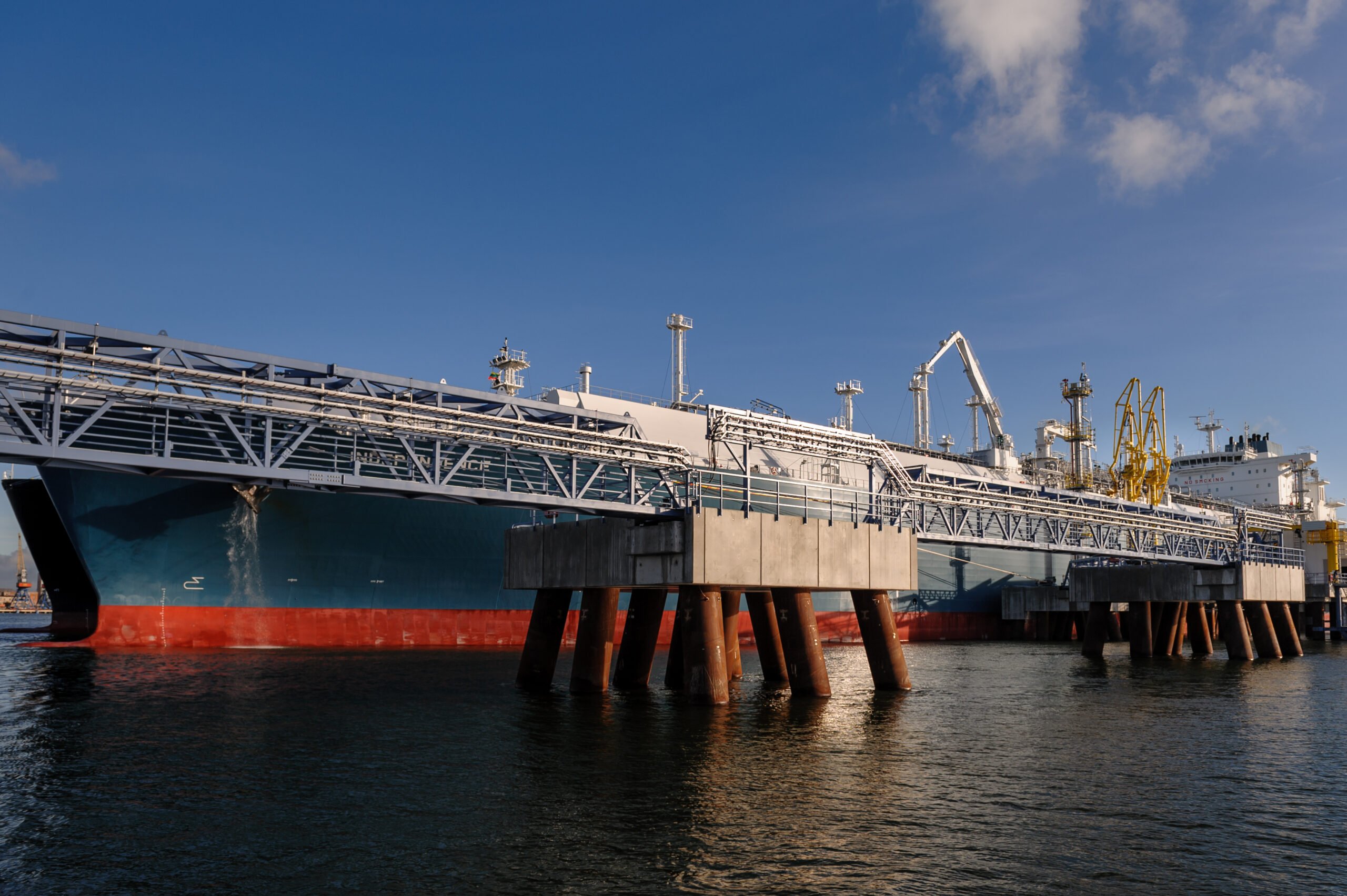
About Decarbonizing Europe
What does the Recovery and Resilience Facility entail?
The European Commission has made available an amount of 723.8 billion euros
to combat the consequences of the corona crisis and make Europe greener, cleaner, and future-proof. All member states have the opportunity to submit plans for disbursement from this Recovery and Resilience Facility.
Who is participating in the Recovery and Resilience Facility?
All the member states of the European Union. All member states? No, The Netherlands has not submitted plans as yet. Although, it became public knowledge at the end of January that hard work is going on behind the scenes in the Netherlands to secure some of those European billions.
What do the member states have to spend the money on?
At least 37 percent of the funding should be used for making their countries more sustainable and 20 percent for digitalization. In addition, there are also other key points:
– Smart, sustainable and inclusive growth
– Social and territorial cohesion
– Public health, economic, social, and institutional resilience
– Policy for future generations
What else is happening?
Apart from that, the EC has identified several so-called flagship areas:
– Power up
– Renovate
– Recharge and Refuel
– Connect
– Modernise
– Scale-up
– Reskill and upskill
What is Innovation Origins planning to do?
Over the next few months, we will be focusing on the implementation of these plans. We will be outlining what each country is doing to reduce CO₂ emissions, and we will be reporting on innovative projects. Infographics will allow you to compare the member states’ efforts with each other.
A crisis like the corona pandemic calls for decisive measures. The EU has freed up €723.8 billion in an effort to use the Recovery and Resilience Facility (RRF) to pull the European economy out of the recession caused by corona. In order to qualify for a share of this large bag of money, member states must submit a plan to the European Commission. In the series Decarbonizing Europe, we put those plans under a magnifying glass.
Being the first country to declare independence from the Soviet Union in 1990, Lithuania was also the first one to proclaim itself independent from Russian gas earlier this year. To do that, the Baltic country found an alternative in liquefied natural gas – LNG – as the Klaipėda terminal saw an increase in imports from Norway and the United States. However, Vilnius has greater ambitions. By 2050, all electricity consumed should be generated inside the country itself. A lot needs to be done, specifically where renewable energy is concerned.
Emissions from transport and farming are on the rise
Lithuania will receive €2.2 billion in grants from the European Commission through the Recovery and Resilience Facility. 37.8 percent of this sum is for green goals, while a third is for financing the digital transition.
Transport and agriculture are the sectors that are responsible for the higher rates of emissions. Although part of the EU budget has been allocated for greener transport, no investment has been put towards making farming more sustainable. According to an EU report, 21 percent of the country’s emissions in 2019 originated from agricultural activities (the EU average is 10 percent). It was underlined in the same paper how most economic sectors have managed to reduced their emissions, whereas by contrast, the two aforementioned ones actually increased their output of greenhouse gas (GHG).
“If no significant courses of action are undertaken, we will see an increase of emissions in the medium term,” VšĮ Žiedinė ekonomika’s founder Domantas Tracevičius told Innovation Origins. It is an NGO that focuses on promoting circular economy. “I don’t see the government presenting any tangible solutions. Nothing concrete is on the table yet.”
Unsustainable agriculture
Of the two, agriculture is the most resistant to change. Tracevičius took part in some meetings with representatives of the sector and the government. “It’s a very difficult situation. The Common Agricultural Policy – CAP – should be more progressive in its efforts to reduce emissions. I see it as a failure on the part of the Ministry of Agriculture because there is a lack of will to change things. The shift towards new approaches is very hard to promote.”

Domantas Tracevičius
Waste management and circular economy expert
He founded the climate NGO VšĮ “Žiedinė ekonomika”.
Despite its size, Lithuania is in the top 15 world wheat exporters – valued at US$826.2 million in 2021. “The lobby is just too strong. Although the Minister of Agriculture does have a past as an environmentalist, and has worked on sustainable agriculture. In spite of that, he doesn’t seem to be willing to cooperate with the NGO sector to find alternatives,” Tracevičius adds. GHG emissions from agriculture also impact the Baltic sea, one of the most polluted seas in the world.
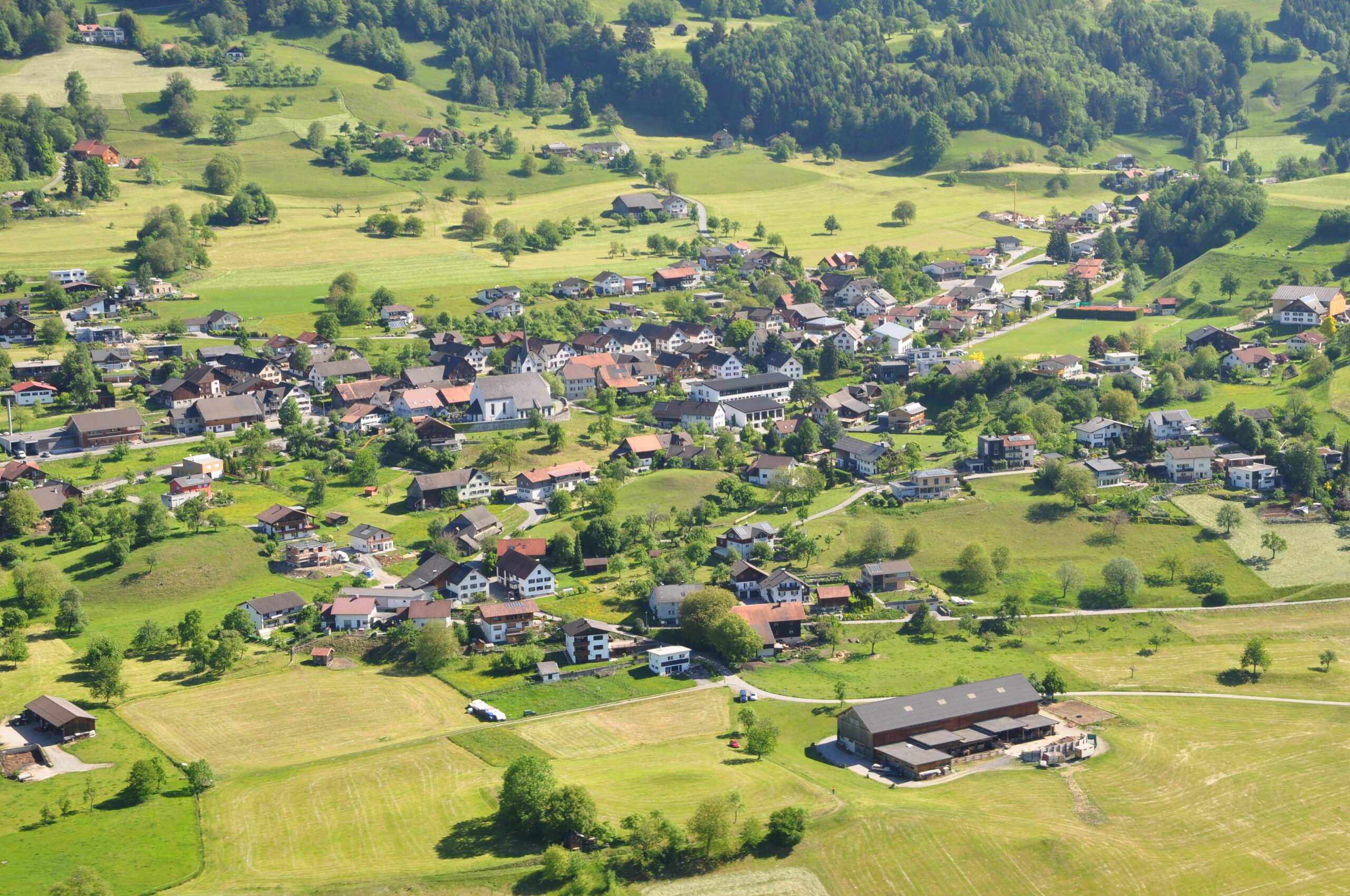
Lacking charging infrastructure
Conversely, things are moving a bit faster in the mobility sector. The Lithuanian RRP is allocating €346 million to sustainable transport. In 2021, the government approved a bill aimed at fostering more environmentally-friendly mobility. As part of the initiative, 6000 charging points will be installed by 2030. The government also offered subsidies for buying vehicles that are less polluting.
“So far, the subsidy scheme hasn’t made an impact. The charging infrastructure is very weak. Hopefully, things will change with the help of the upcoming investments,” says Tracevičius.
According to a report by the International Energy Agency (IEA) in 2018 electricity constituted only 1 percent of the fuel used in the transport sector. Biofuels account for 4 percent. “Most of the biofuel-powered cars in the country use first-generation fuels. I hope the European Parliament will ban the use of those, which are derived from palm oil, the extraction of which devastates countries in the South East of Asia. However, second-generation fuels have potential,” Tracevičius notes.
NextGeneration EU
The corona crisis is one of the biggest challenges of our time. The European Union, through NextGenerationEU – the largest recovery plan ever at €806.9 billion – aims to help its member states emerge stronger from the crisis. The Recovery and Resilience Facility (RRF) is at the heart of this plan (€723.8 billion).
The RRF has two goals: first, to pull the European economy out of the recession caused by the corona pandemic. At the same time, it is designed to give an impetus to important investments for the future and measures for rolling out reforms.
All 27 member states have submitted plans. Whether all the money is actually disbursed depends on a final assessment of the projects. For example, countries must spend at least 37 percent of their budgets on climate action and 20 percent on digitalization.
Private investments boost renewables
Meanwhile, the country is upping its renewable energy capabilities. Lithuania shut down its nuclear power plants in 2010. Since then, most of the power generated in the country came from bioenergy and waste. Solar and wind parks contributed hardly anything or even nothing to the country’s energy mix.
The Lithuanian RRP will finance renewables to the tune of €346 million. Most of this money is for citizens so that they can install up to 10 kW solar panels on in their homes. In addition to that, public-private initiatives will build several solar and wind farms across the country.
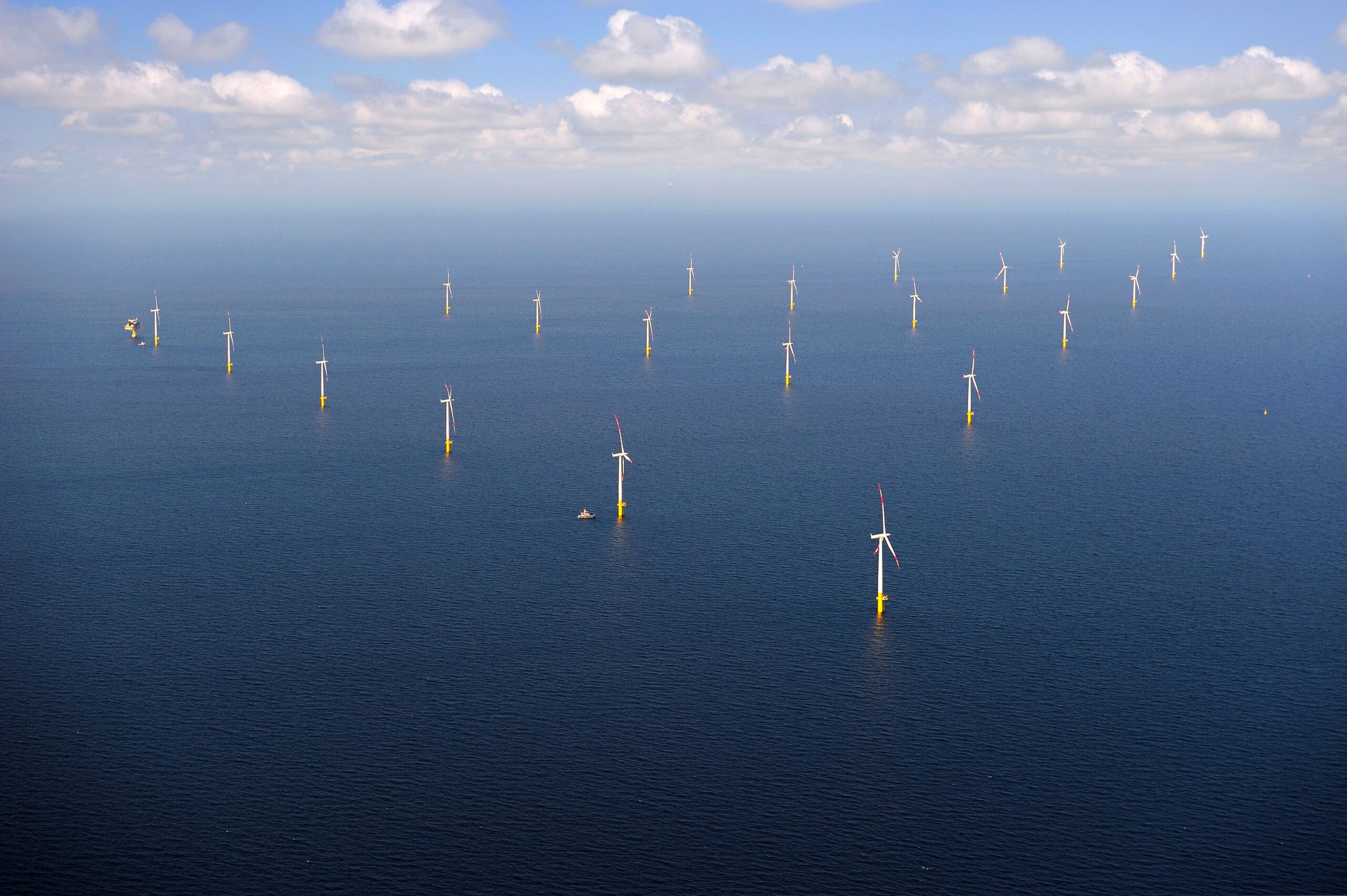
“Several municipalities signed agreements for renewable power plants. We are ahead of the 2025 targets for solar and wind. I think Europe will be surprised with what will happen in Lithuania,” Tracevičius comments.
In May, Green Genius – a renewable energy company – announced that it will install 700 MW of solar and wind power in the country by no later than 2025. A 121 MW onshore wind farm will be built close to Vilnius by European Energy – another green power company. The company is going to invest as much as €1.5 billion in Lithuaniaby 2024 – both in wind and solar power – aiming for a total capacity of over 1 GW.
From importer to exporter
Other milestones have been set along the way to the electricity autarchy of 2050. By 2030, Lithuania wants to halve its electricity imports. Vilnius is also aiming to produce 70 percent of the electricity from renewable sources by that time.
In 2019, wind and solar combined represented 1.8 percent of the total energy supply. Litgrid – a Lithuanian electricity supply operator – announced that the amount of electricity from renewables in 2021 had increased by 45 percent.
“I don’t know what’s going to happen and how things will progress. There will undoubtedly be interesting developments in the electricity sector. I expect Lithuania to be an exporter as early as 2030,” Tracevičius sums up.
Cover image: Ships delivering LNG at the Klaipėda terminal
Support us!
Innovation Origins is an independent news platform that has an unconventional revenue model. We are sponsored by companies that support our mission: to spread the story of innovation. Read more.
At Innovation Origins, you can always read our articles for free. We want to keep it that way. Have you enjoyed our articles so much that you want support our mission? Then use the button below:


